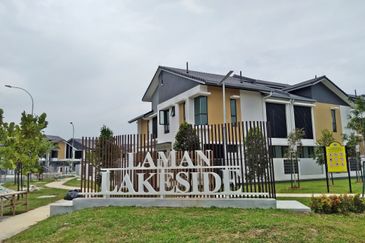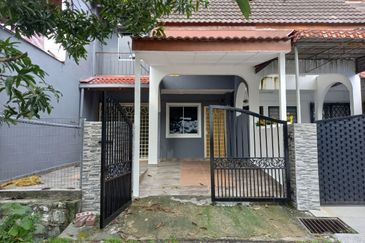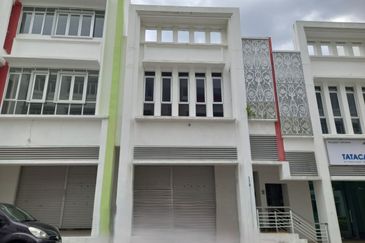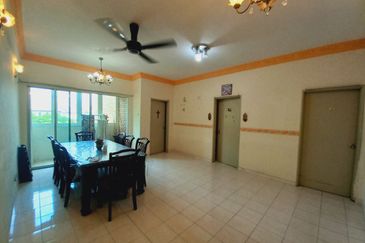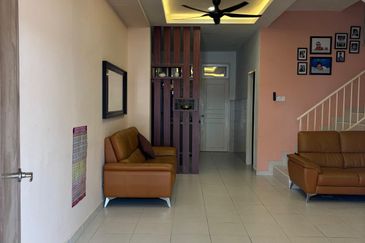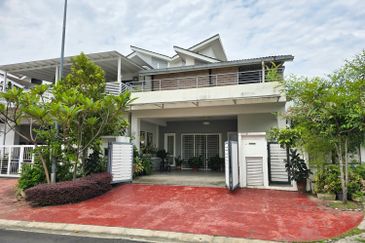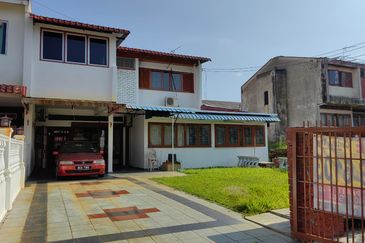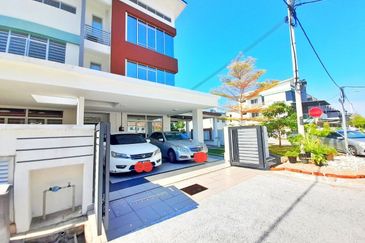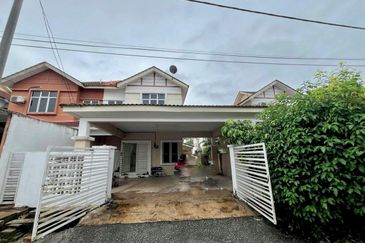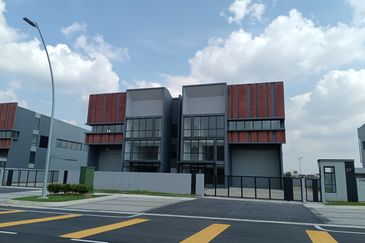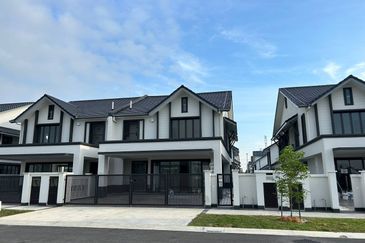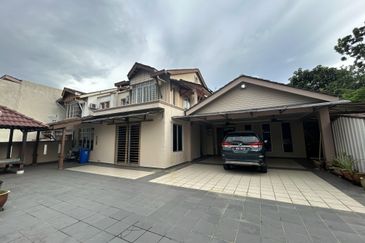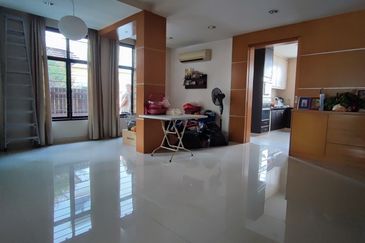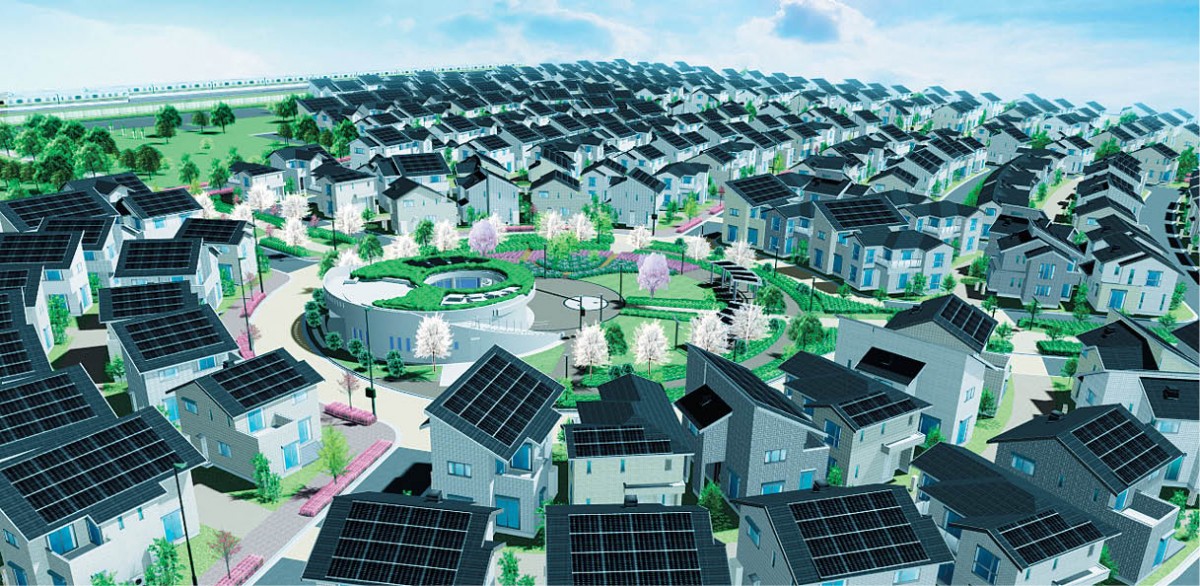
IMAGINE living in a neighbourhood that generates its own electricity, where public areas have 24-hour camera surveillance and residents are encouraged to get around by electric car-sharing services provided by the township.
Homes will also be equipped with energy-saving, sensor technology, enabling homeowners to monitor and efficiently manage their electricity and energy usage, and car charging stations at home will make it convenient for electric car owners.
 These homes do not exist in the distant future but reflect the current reality of homeowners in Panasonic’s Smart Sustainable Town (SST) in Japan. Built on Panasonic’s old factory site in Fujisawa, the company collaborated with a consortium of 18 other companies to bring the SST to life.
These homes do not exist in the distant future but reflect the current reality of homeowners in Panasonic’s Smart Sustainable Town (SST) in Japan. Built on Panasonic’s old factory site in Fujisawa, the company collaborated with a consortium of 18 other companies to bring the SST to life.
Launched in 2014, the Fujisawa SST is Panasonic’s flagship project to create a sustainable town with integrated smart solutions and services based on people’s lifestyles.
Currently, 80% of the landed homes at Fujisawa SST have been completed, and about 60% of the residents have moved in. The cost of developing the 19ha Fujisawa SST to cater for 1,000 households was around ¥60 billion (RM2.4 billion).

The Fujisawa SST aims to reduce carbon emissions by 70%, water consumption by 30% and incorporate renewable energy usage to over 30%, with each home able to save up to three days’ worth of electricity in storage batteries to be used in times of emergencies such as earthquakes.
Panasonic Malaysia general manager of strategic B2B development Tan Chee Hon says that the Fujisawa SST demonstrates the integrated essence of the company’s wide spectrum of solutions in housing, township, community, B2B and eco-type solutions.
In Malaysia, Panasonic has built a reputation as a household brand for home appliances and AV equipment in Malaysia, but Tan says the company has expertise in an even wider range of solutions — security, communication, housing, indoor air quality, avionics, automotive, renewable energy and robotics.
“We can improve life in society and enhance clients’ businesses if we consolidate the many fields and product lines to address the most key elements. We feel that in the future, the fundamental needs of homeowners will remain the same, but technologies supporting these needs shall improve, converge and integrate for the better,” he says.
Among the fundamental needs are security, convenience, connectivity, enhanced comfort, eco lifestyles, wellness and mobility, he adds.
The SST can be planned and customised to different markets, community, culture and budget.
“Applying SST in Malaysia or Southeast Asia would be a different approach from Japan. Rather than convincing developers to invest in a high-end full-fledged SST, we are taking a more pragmatic approach by integrating more affordable elements that will still define a SST development in Malaysia. More importantly, these technologies must address the fundamental needs of the local community,” says Tan.
Following the Fujisawa SST, Panasonic has other plans in the pipeline such as the Tsunashima SST in Yokohama, and in the US, a programme called Panasonic CityNow has been established. In China, Panasonic is supporting the BEST (Bio-diverse Emerging Science Technology) City in
Dalian, while the company continues to market the concept in Malaysia, Indonesia, Vietnam and Thailand.
Tan says Panasonic hopes to address the fundamental needs of homeowners without providing unnecessary complications in terms of usage. “An eco home or SST, for instance, should not equate to greater complexity. For the next 10 years of our R&D, we shall be continuously developing the areas in relation to user interface (UI), user experience and smart sensing,” he says.
He stresses that technology should not be “smart” for the sake of being smart, but it must ultimately improve people’s well-being.
“Before we actually develop and introduce any cutting-edge technology, it’s highly imperative that we understand our customers deeply. If we develop products with a comprehensive understanding of our customers with the right market penetration strategy, there is always a segment of the market that is willing to invest as early adopters, which subsequently cascades to the masses,” he says.
This story first appeared in TheEdgeProperty.com pullout on Oct 7, 2016, which comes with The Edge Financial Daily every Friday. Download TheEdgeProperty.com pullout here for free.
TOP PICKS BY EDGEPROP
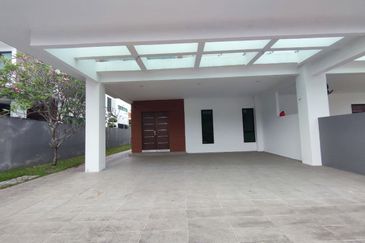
JALAN THOMPSON/JALAN TUN DR ISMAIL
Kinta, Perak
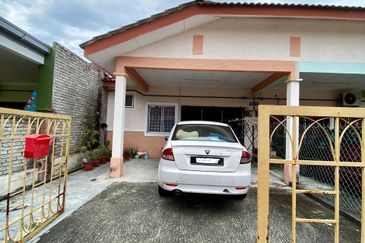
Taman Nusari Bayu 1, Bandar Sri Sendayan
Seremban, Negeri Sembilan
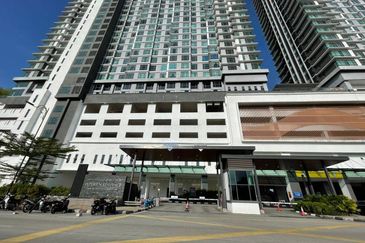
IMPERIUM RESIDENCE, KUANTAN WATERFRONT
Kuantan, Pahang
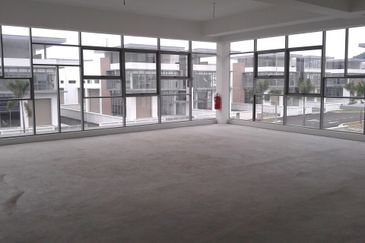
Taman Perindustrian Meranti Jaya
Puchong, Selangor
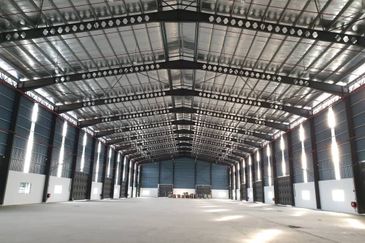
Sungai Kapar Indah Industrial Zone
Kapar, Selangor
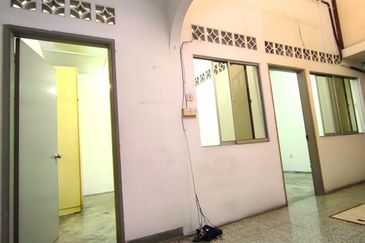
Happy Garden (Taman Gembira)
Kuchai Lama, Kuala Lumpur


